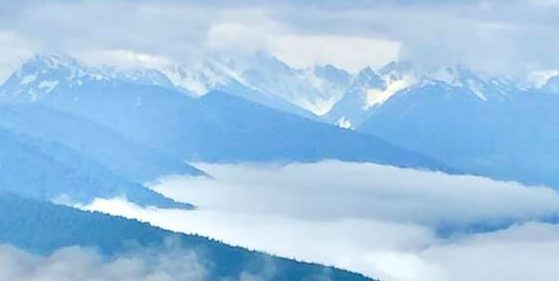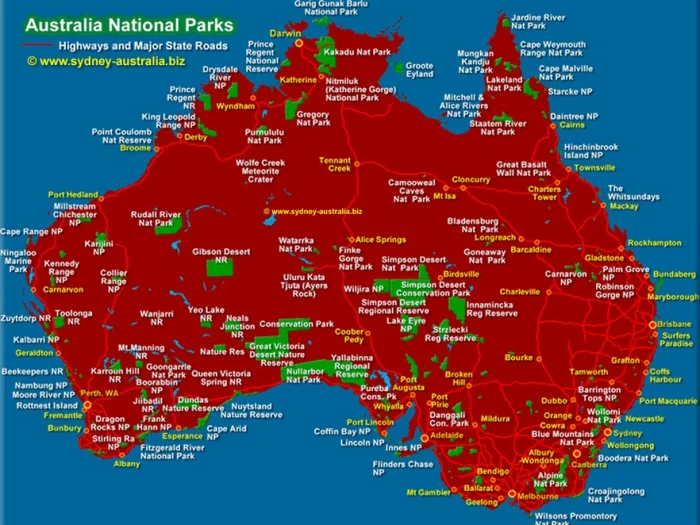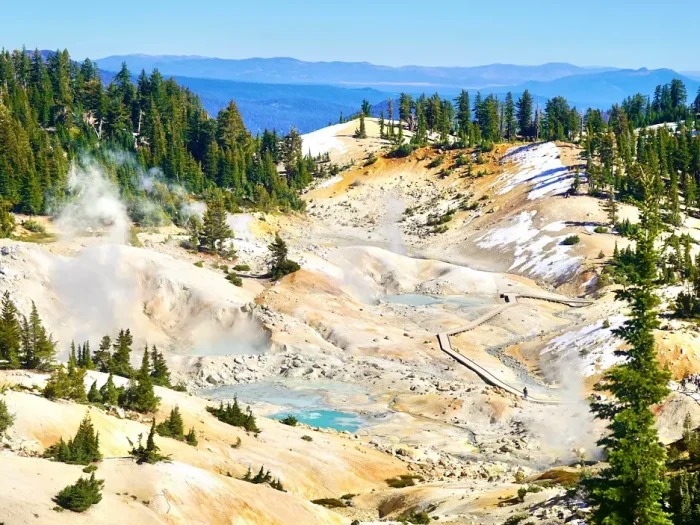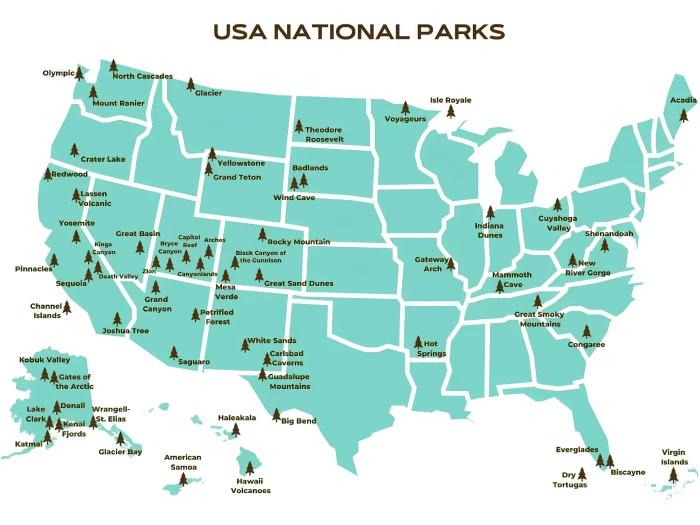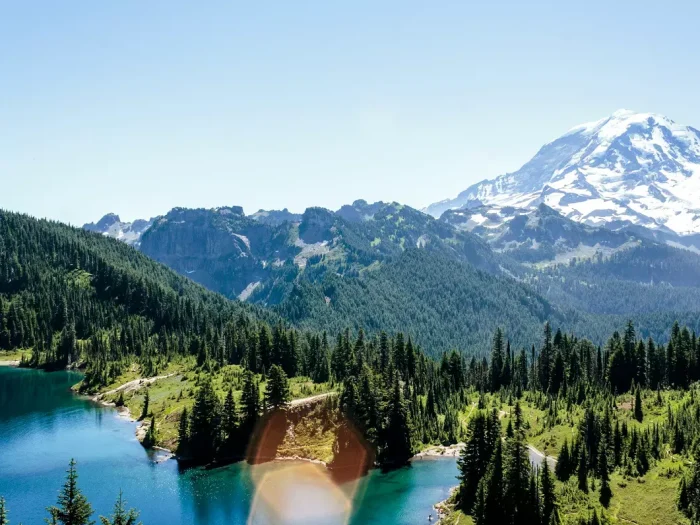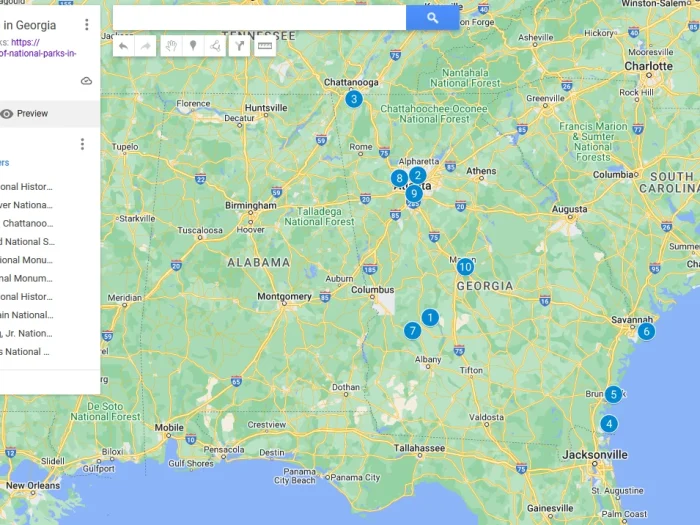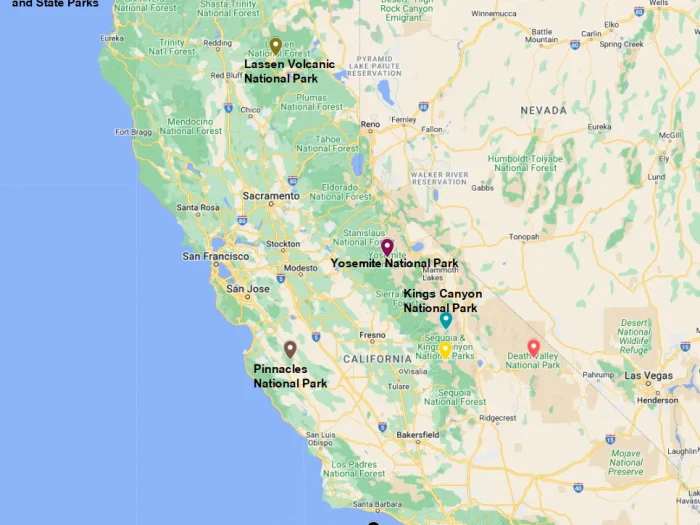When’s The Best Time to Visit Black Canyon of the Gunnison? An Honest Guide
When you’re planning a trip to Black Canyon of the Gunnison, the first question isn’t just “What do I want to see?” but “When should I go?” And it’s not a trivial question. This national park, a dramatic slash of sheer cliffs and deep shadows, changes profoundly with the seasons. Your timing can mean the difference between a scenic drive and a true adventure.
Unlike some national parks that are welcoming year-round, the Black Canyon plays by its own rules, dictated largely by Mother Nature. Here’s a real-world guide to help you pick your perfect window.
Fall (September – Mid-October): The Golden Window
Let’s start with the best. If I could only pick one time to go to the Black Canyon, it would be autumn. Specifically, from early September through mid-October. Why? Because this is when everything seems to find its perfect balance.
The weather is simply gorgeous. The intense heat of summer has broken, leaving behind warm, pleasant, sunny days and crisp evenings perfect for hiking. More importantly, the volatile afternoon thunderstorms—a real hazard in the canyon during summer—have significantly decreased. This offers much greater peace of mind, especially if you have any intention of venturing into the inner canyon.
The crowds have thinned out, too. The summer vacation rush is over, giving you room to breathe and truly appreciate the canyon’s immense scale without jostling for a view at every overlook.
And then there’s the color. While the Black Canyon isn’t famous for the vast aspen groves of other Colorado locales, the scrub oak on the rims and along the trails ignites in brilliant yellows and deep reds, creating a stunning contrast against the dark, gneiss-and-schist cliffs.
Both the South and North Rims are still fully open during this period, giving you the chance to experience the entire park before the winter snows begin to fly.
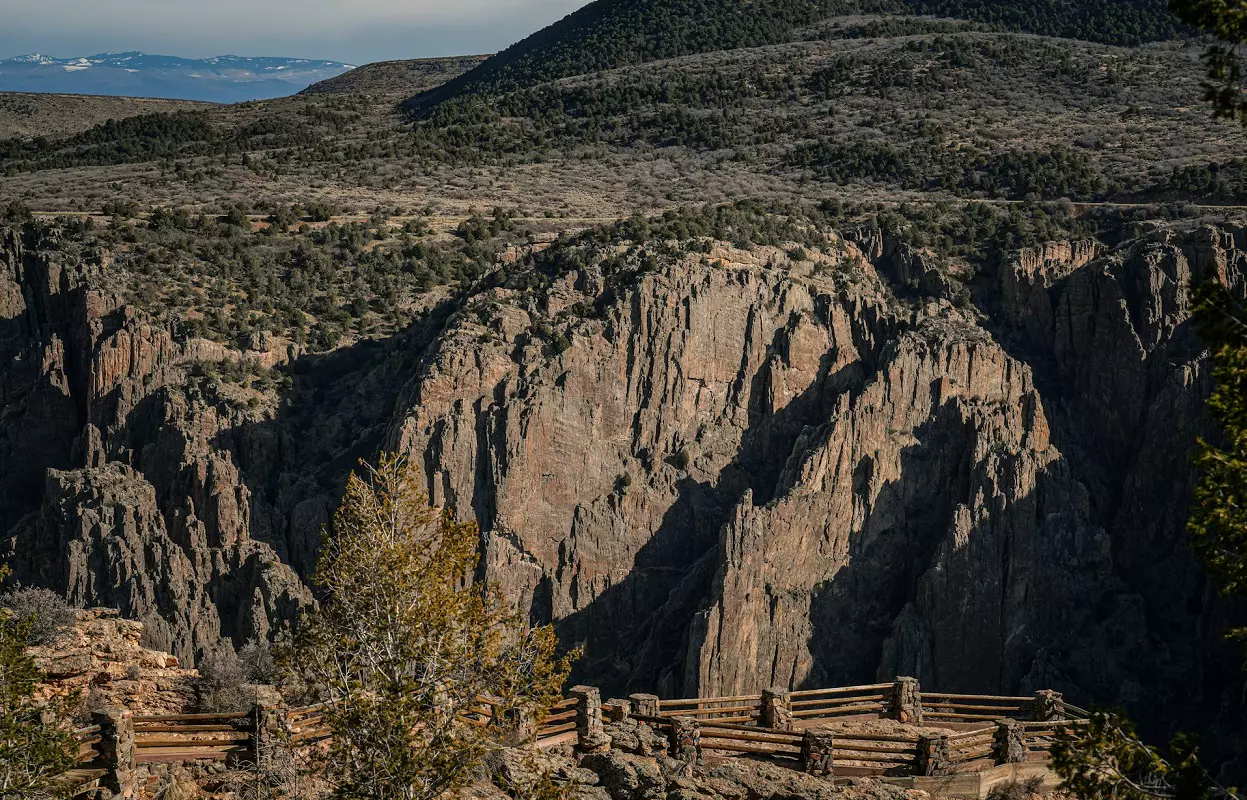
Late Spring & Early Summer (Late May – June): The Awakening
If you can’t make a fall trip, late spring and early summer are a close second. The park is shaking off its long winter slumber. The roads to the North Rim and East Portal typically reopen sometime in late April or May, depending on the snowpack. By late May, the entire park is usually accessible.
The weather is warming up but isn’t yet scorching hot, and wildflowers begin to erupt along the rims, adding a splash of delicate color to the dramatic landscape. It’s a fantastic time for hiking, and the Gunnison River below is often raging with snowmelt, providing a powerful soundtrack to the visual spectacle.
The minor downside is that the weather can be a bit unpredictable. A late spring snowstorm is not unheard of. You need to be prepared for both warm, sunny days and potential cold snaps.
Peak Summer (July – August): Heat and Thunderstorms
This is the most popular time to visit, and for good reason: schools are out, and the weather is generally warm and sunny. All facilities and roads are open, and ranger-led programs are in full swing.
However, this convenience comes with trade-offs. First, the crowds. The popular South Rim overlooks can get quite busy. Second, and more importantly, is the weather. Daytime temperatures can be hot, especially on exposed trails.
The biggest concern is the afternoon thunderstorms. They can build with frightening speed, bringing dangerous lightning. Lightning is a real threat on the exposed overlooks of the rim and a life-threatening hazard if you are in the canyon itself. If you plan to hike into the inner canyon in summer, you must get a very early start (I mean sunrise-early) and plan to be back on the rim before noon. Never underestimate these storms.
Winter (Mid-November – Mid-April): The Frozen Solitude
Winter transforms the Black Canyon into another world. It’s stark, silent, and hauntingly beautiful.
Most of the park is shut down. The road to the North Rim is completely inaccessible. On the South Rim, the main park road (South Rim Drive) is closed to vehicles beyond the visitor center, though the stretch from the entrance to the visitor center and nearby overlooks is usually plowed. The closed portion of the road is groomed for cross-country skiing and snowshoeing, offering a unique way to experience the canyon.
Temperatures are frigid, often staying well below freezing. Hiking into the inner canyon is extremely dangerous and not recommended. But if you’re a solitude-seeker and properly equipped for winter conditions, standing on the rim, looking down at the snow-dusted chasm in near-total silence is an unforgettable experience.
Final Advice
- Best Time to Visit Black Canyon of the Gunnison: September.
- To Avoid Crowds: September, October, or late May.
- For Full Park Access: Late May through mid-October.
- For Winter Adventurers: December through March (South Rim only, with proper gear).
No matter when you choose to go, always check the official National Park Service website for the latest road conditions and weather alerts. The Black Canyon of the Gunnison is an unforgiving place, but if you respect its rhythms, it will reward you with one of the most breathtaking and memorable landscapes in North America.
